Overclocking the Raspberry Pi 5: Breaking the 3GHz Barrier
Overclocking has long been a popular method for computer enthusiasts to enhance the performance of their hardware beyond manufacturer specifications. This practice, deeply rooted in the history of computing, involves pushing the limits of computer components to achieve higher speeds and improved functionality.
The Raspberry Pi 5 stands as a notable figure in single-board computers, renowned for its affordability, versatility, and the vibrant community that supports it. The Raspberry Pi 5 continues to push the boundaries of what is possible in compact computing devices.

Watch Ian discuss Jeff Geerling breaking the 3GHz barrier in this episode of The Electromaker Show
In this context, the recent achievement by popular YouTuber Jeff Geerling has captured the attention of the tech community. Geerling has successfully overclocked the Raspberry Pi 5 to over 3GHz, a feat that showcases the device's potential and marks a significant milestone in the ongoing exploration of its capabilities.
Understanding Overclocking and the Silicon Lottery
Overclocking refers to the practice of increasing the clock rate of a computer's processor beyond the manufacturer's certified settings. This process allows the processor to perform more operations per second, enhancing overall system performance. In single-board computers like the Raspberry Pi, overclocking can significantly boost processing power, making these compact devices more versatile and capable.
However, not all chips are created equal, a phenomenon known as the "silicon lottery." This term describes the natural variations in semiconductor manufacturing, which result in chips with differing quality and overclocking capabilities. Some processors can handle higher speeds with stability, while others may falter under the same conditions. This variability means that successful overclocking can depend as much on luck as on technical skill and knowledge.
Breaking the 3GHz Barrier with the Raspberry Pi 5
In a remarkable feat of engineering, Jeff Geerling has successfully pushed the Raspberry Pi 5 past the 3GHz mark, setting a new standard for what's possible with single-board computers. This achievement not only demonstrates the Raspberry Pi 5's robust capabilities but also highlights the potential for enthusiasts to unlock even greater performance through overclocking.
The breakthrough was brought to light through a Twitter post by Alasdair Allan, drawing widespread attention to Geerling's accomplishment. This revelation has sparked interest and excitement within the tech community, showcasing the evolving landscape of single-board computing and the continuous push for higher performance.
However, achieving such high overclocking speeds comes with its caveats. Geerling's success required the use of a specific firmware, one that is not typically recommended due to potential stability issues and other risks. This underscores the importance of caution and thorough understanding when attempting to overclock, as well as the inherent challenges and risks associated with pushing hardware beyond its standard limits.
The Risks and Rewards of Overclocking
While overclocking can lead to significant performance enhancements, it is not without its risks. Pushing a device beyond its intended limits can result in system instability, increased heat output, and in some cases, irreversible damage to the hardware. This necessitates the use of advanced cooling solutions and careful monitoring to prevent overheating and ensure stable operation.
On the flip side, the rewards of overclocking can be substantial. Beyond the obvious improvement in performance, there is the satisfaction that comes from maximizing the potential of your hardware. For enthusiasts and professionals alike, overclocking can transform a standard device into a powerful tool, capable of handling more demanding tasks and applications.
However, it is crucial to approach overclocking with a solid understanding of the technical aspects and potential consequences. Knowledge of your device's limits, proper cooling techniques, and the ability to troubleshoot are essential for a safe and successful overclocking experience. By weighing the risks against the rewards, users can make informed decisions and enjoy the benefits of overclocking without compromising their hardware's integrity.
Wrapping Up
Overclocking presents a unique opportunity to push the boundaries of technology, yielding significant performance enhancements while also introducing a set of challenges and risks.
The success stories, like that of Geerling, serve as inspiration for the Raspberry Pi community and tech enthusiasts worldwide, demonstrating the untapped potential of these compact devices. However, they also underscore the importance of a cautious and well-informed approach to hardware modification.
Did you enjoy this article?
Make sure you subscribe to The Electromaker Show for similar content and subscribe to our monthly newsletter!






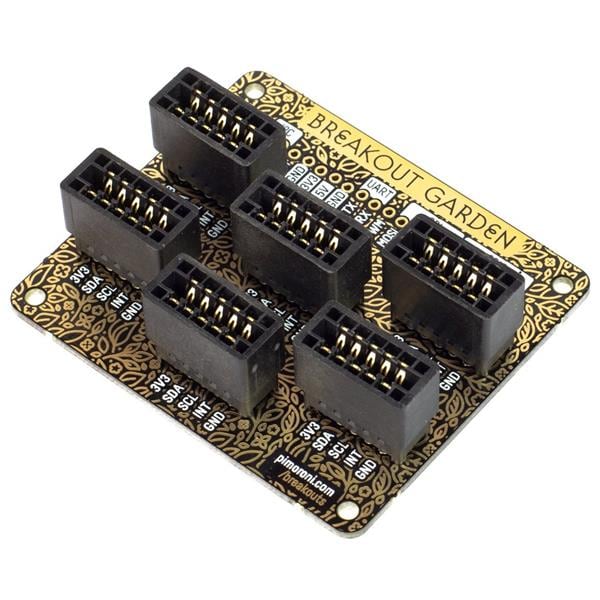
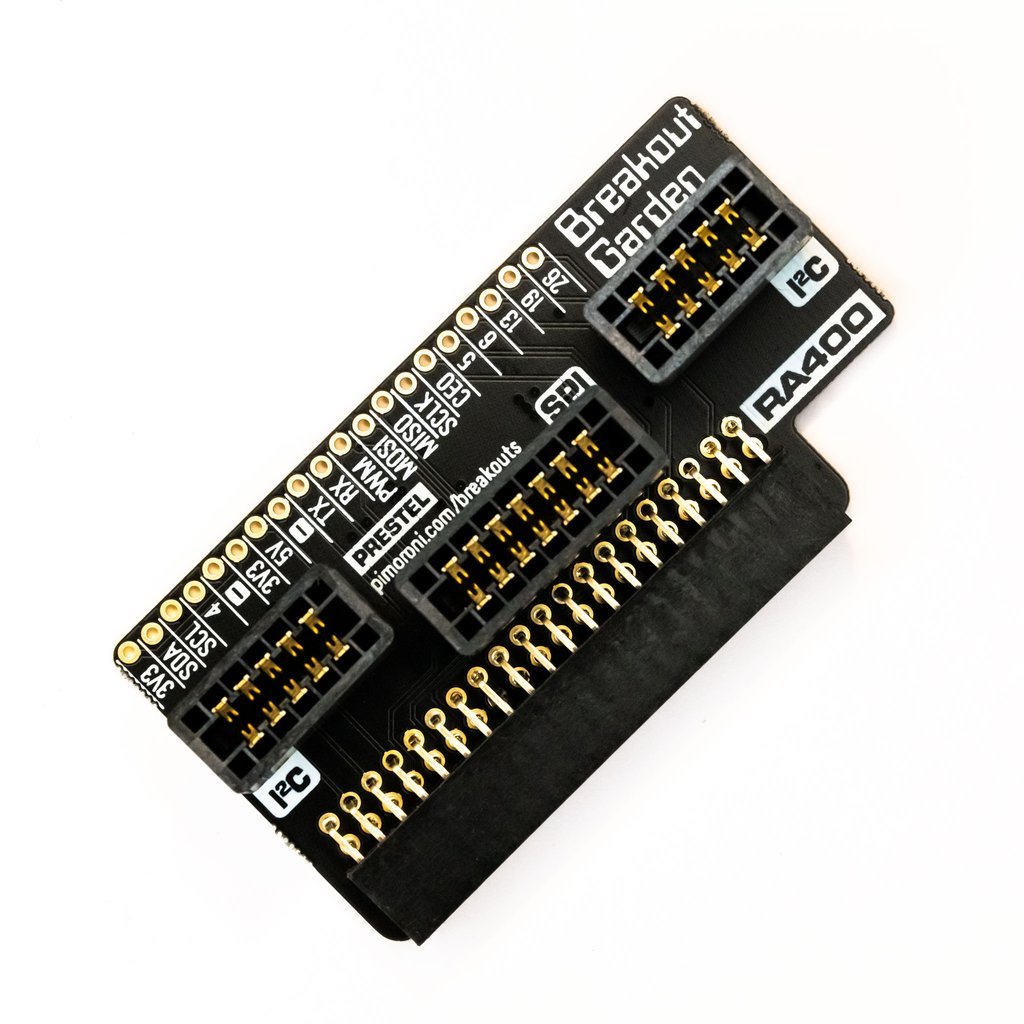

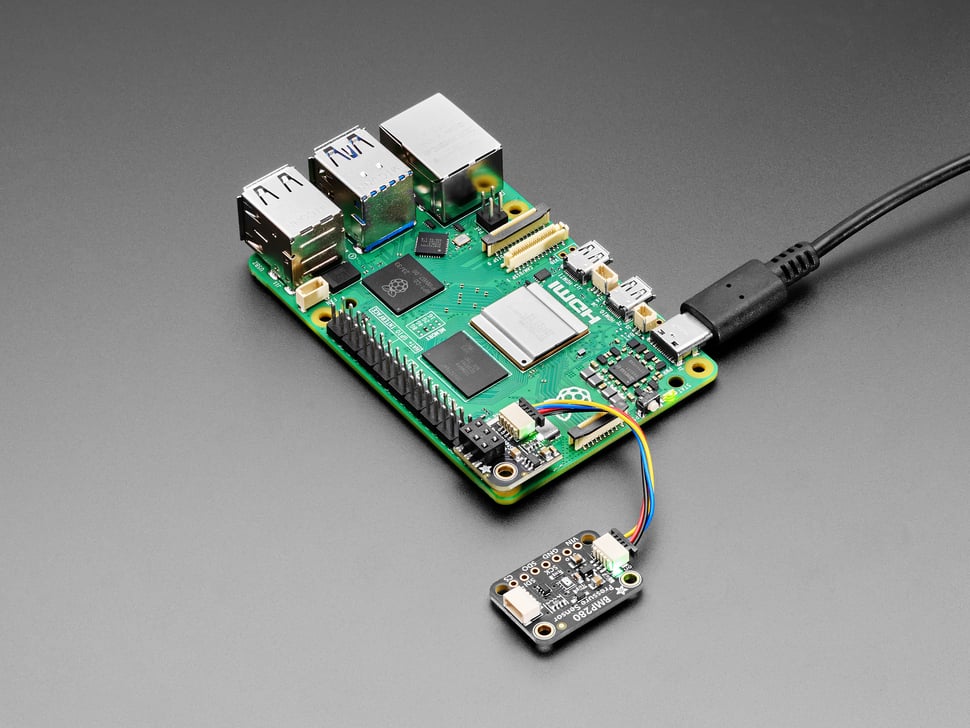
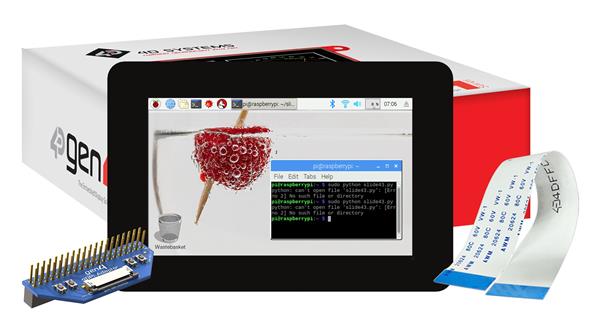
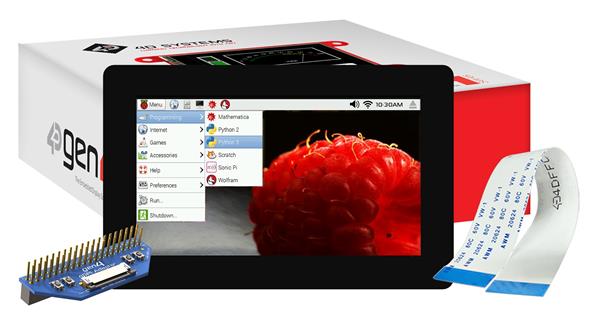
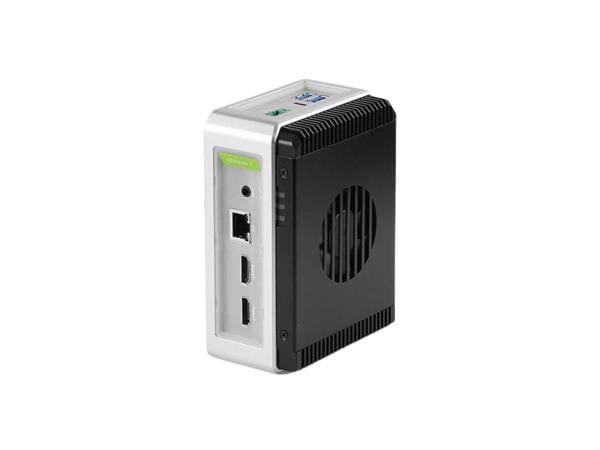


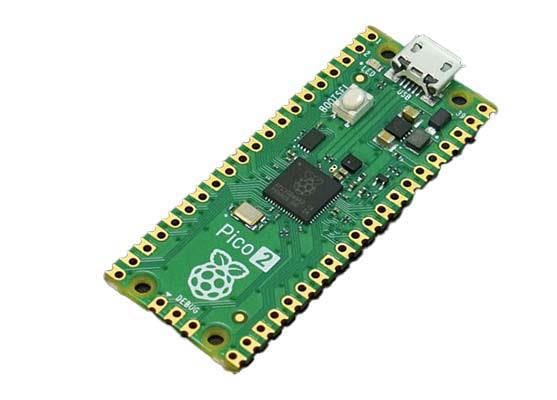
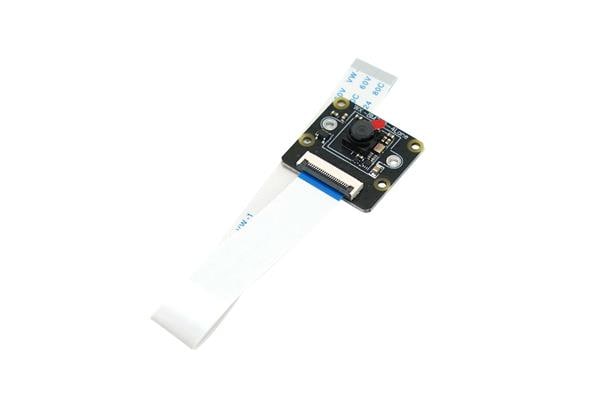
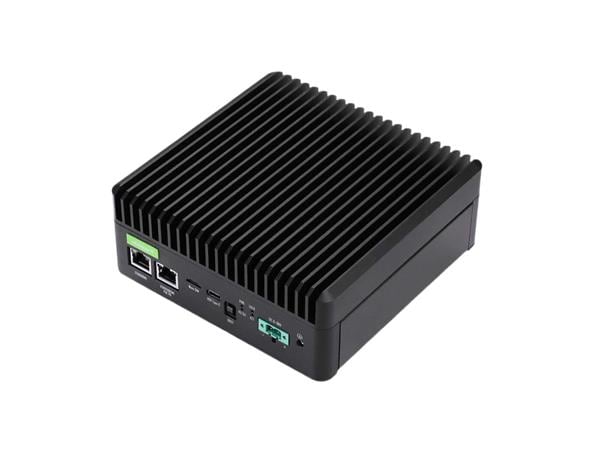


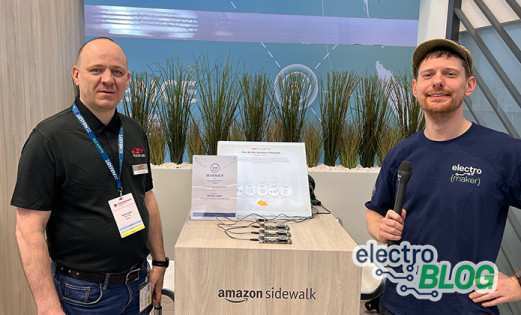
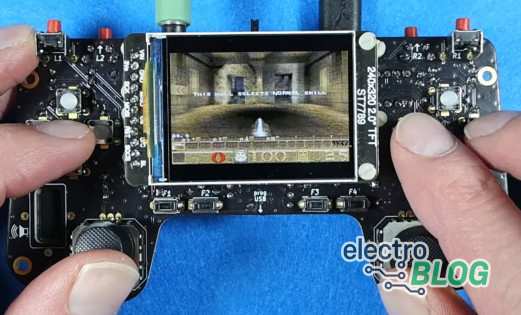

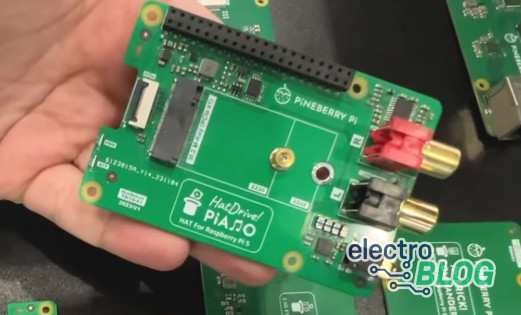

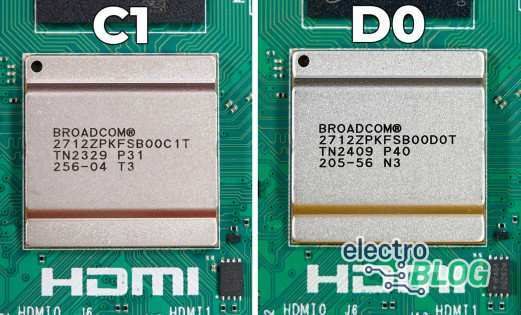
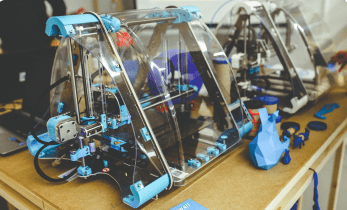
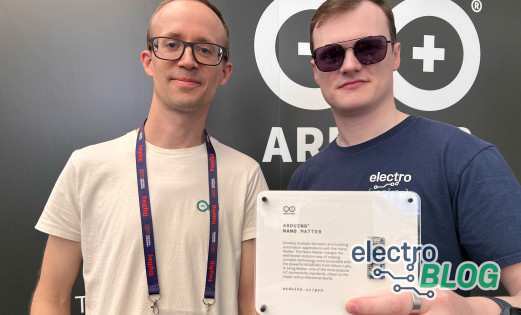
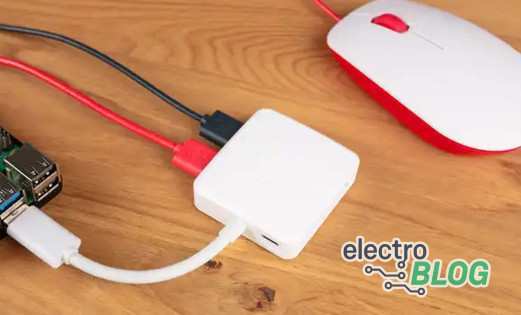
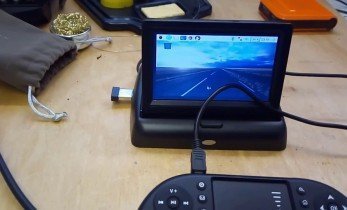


Leave your feedback...